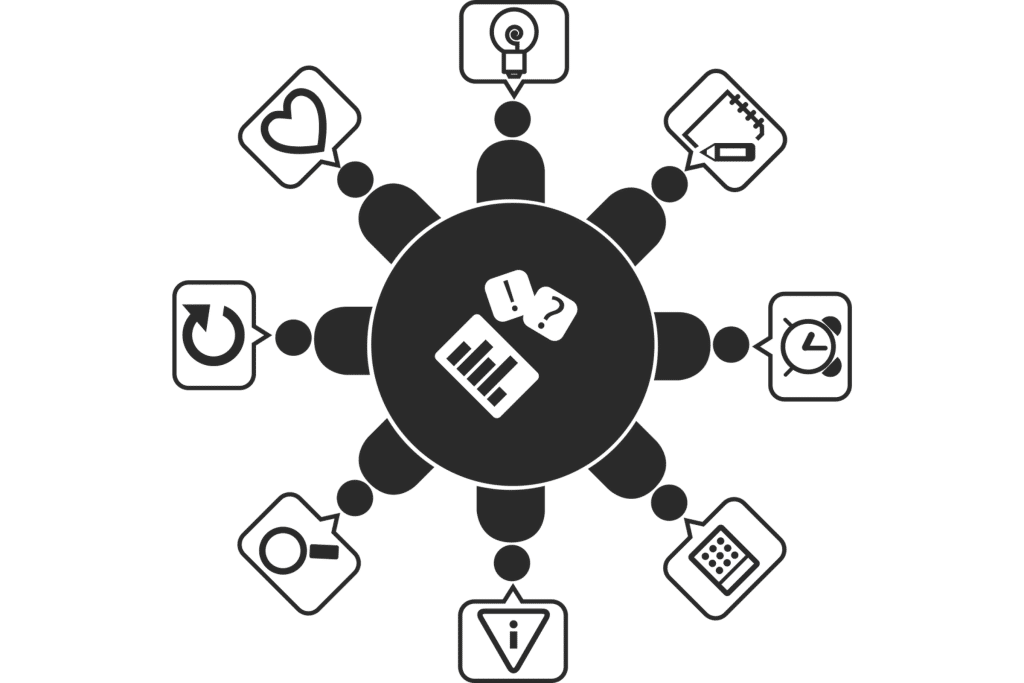How To Become a Master of Creating High-impact Learning
By Janelle McGann
Successful teachers are never satisfied with what they already know.
Instead, we’re constantly pursuing knowledge to improve the learning of those we serve. And as new challenges pop up every day, week and year, we continuously strive to find new, effective ways of meeting these challenges head-on.
As teachers, we question our practices – the what, why and how of what we do. And the most successful teachers are very deliberate about these practices. This is how mastery develops.
How can you become a master of creating high-impact learning?
Well, it starts with laying the right foundations, and developing your own blueprint to reflect on your individual teaching practice.
Who are you as a teacher?
How do you see yourself as a teacher, and what are some of the different roles you take on?
Do you relate to any of these descriptions?
The Broker: who mediates experiences for the client.
The Potter: who shapes and moulds and creatively uses materials.
The Tour Guide: the expert on the bus who informs, gives directions, and counts and checks the tourists are still on board.
The Builder: who considers the frame and the structures that go into creating beautiful buildings.
The Team Sports Coach: on the side of the play, who encourages, gives feedback, and incorporates experiences that require both self and peer assessment.
Teachers as architects of learning
How can we create our own blueprints for reflecting on our practice?
The body of work, Teachers as Architects of Learning, brings together the most prominent learning theories that have shaped education, such as cognitive science, behaviourism and constructivism or social learning. It also critically examines the implications of those learning theories in our classrooms.
Drawing from this work, here are 12 learning constructs that can help inform your own framework as you reflect on your practice and your context.
- Modelling and exemplars
As teachers, how do we model the behaviours we desire to see? How do we model the types of thinking needed, and provide accessible exemplars for our learners?
- Desire
We should consider how we honour what the student brings to the learning process in terms of their own motivation to learn.
How do we generate the desire for learning, and make it relevant for our learner?
- Expectations for learning
Even if we have and express high expectations for their learning, we know students might not see themselves in this way.
How might we establish and articulate our expectations for the learner?
- Questioning
This is the bread and butter of our practice.
How do we ask purposeful questions of the learner?
- Resources
How do we consider and select the most appropriate, effective and powerful resources that can be used to work towards the desired learning.
- Existing knowledge
This construct recognises how important it is to build from the knowledge and skills that our learners already possess.
How do we ensure we connect new learning to each student’s existing knowledge and skill?
- Support and safety
We know that relationships between the teacher and the student – and between students themselves – are foundational to learning.
How do we create a safe and supportive environment for building relational trust so students are more willing to take risks with their learning?
- Self-assessment
This construct is about explicitly involving our students at a metacognitive level in the learning experience – including, how they understand their own work, and learning, and how they can clearly articulate and monitor their learning progression.
How do we leverage student’s self-assessments to support their learning?
- Explicit instruction
Teachers who utilise this construct aim to ensure that learning for students is clear, understood, practised, reinforced and guided.
How can we judiciously leverage the power of explicit instruction to maximise student learning?
- The notion of time
We’re all short on time. This is where the notion of being masterful and purposeful about what we do with the time we have becomes so important for us, to ensure we’re using our teaching time effectively.
How do we make the best use of the time we have to maximise student learning?
- Life-worlds
Both teachers and students bring the world they’ve come from to the learning experience each day.
How do we honour and maximise the potential impact on learning of students’ respective life-worlds?
- Observing and listening
The vital role of sensory learning is ever present in the teacher-student relationship. We need to be able to observe how the teacher or how the student is coping, or empathise with their struggles and how we might respond to those needs.
How do we ensure we utilise observation and listening to support student learning?
Next steps to become masters of high impact learning
As you continue in your career-long pursuit of knowledge to ensure you have maximum impact on those you serve, consider these two questions:
- What are some thoughts emerging for you that might add to your own blueprint for teaching?
- What might you specifically focus on to help build your mastery of creating high impact learning environments?




